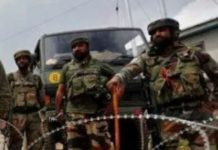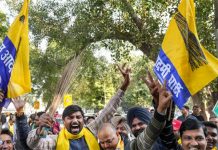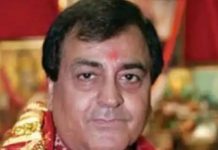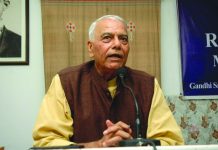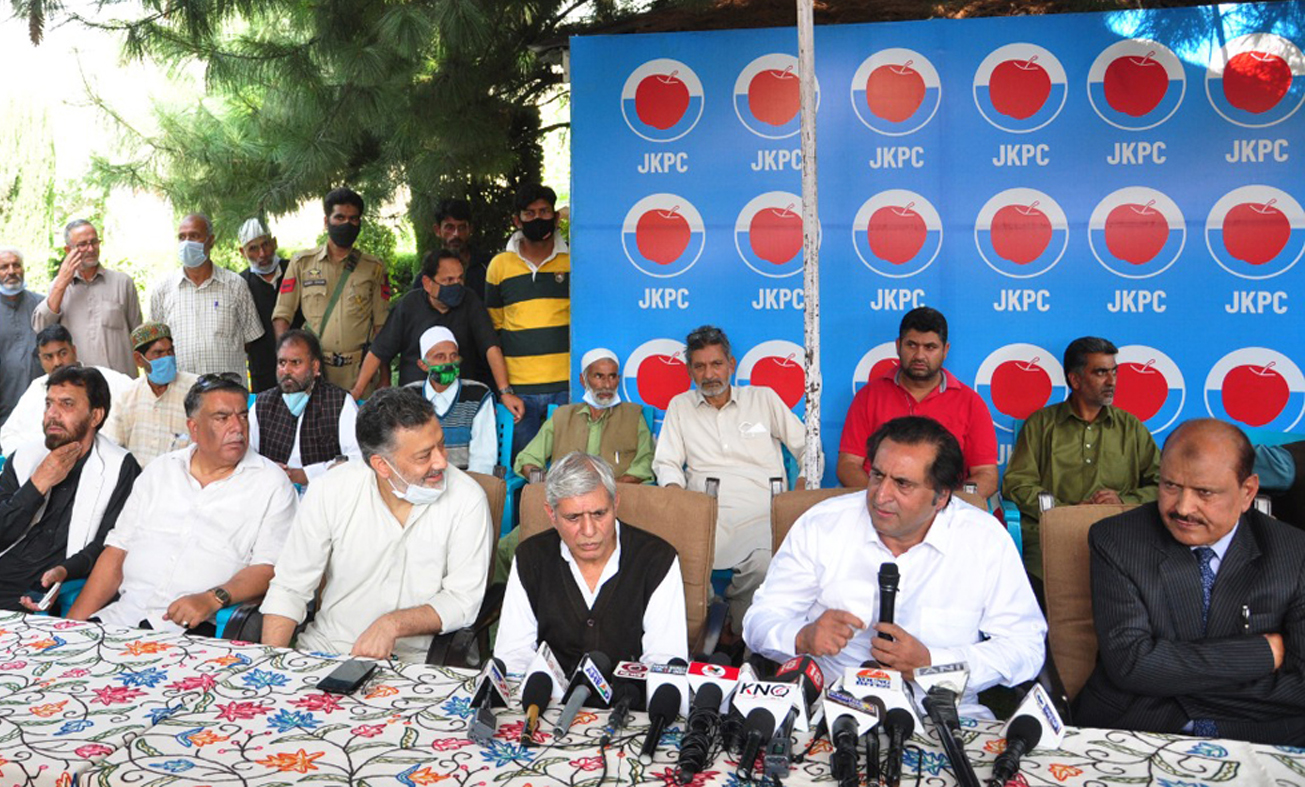
A number of PDP leaders have shifted their loyalties to People Conference (PC) providing political muscle to Sajad Lone’s party. PC’s expansion and the birth of Apni Party is a development of profound import, which is expected to further undercut the electoral standing of both the NC and the PDP, writes Riyaz Wani.
As part of the unfolding permutations and combinations in Kashmir politics over the last two years, one more senior PDP leader Nizam-u-Din Bhat joined the People’s Conference (PC) led by Sajad Lone. Welcoming Bhat into the party fold, Lone said that it is a remarkable moment for him and the party cadres to have him in the party. “He will complement the party efforts in scripting an agenda for change and help navigate J&K out of the web of disempowerment in a dignified manner,” Lone said. “Besides mass appeal, Bhat is bestowed with intellectual and analytical qualities, and his connection with the masses will play a significant role in the party’s overall growth and strength on the ground”.
However, the significance of Bhat’s joining the PC goes beyond his own qualities as a politician. He is the umpteenth politician who has quit the PDP and shifted loyalty to Lone. This, on paper, has bolstered the party, setting it up as a more viable rival to National Conference and the PDP.
Earlier also, several leaders from the PDP have either joined the Apni Party of Altaf Bukhari, a businessman-turned-politician or the PC. This has confronted the PDP and Mehbooba herself with a moment of reckoning. Once a vaunted political outfit that was the single largest party in the last Assembly, the PDP has now reduced to fewer members. That is, if they too don’t abandon the party in the near future.
A major part of the reason for these desertions is said to be Mehbooba’s hardline position on the revocation of Article 370, which has pitted her directly against New Delhi. In popular perception in the Valley thus, the successive exits of the senior leaders from the PDP are, in part, believed to be egged on by New Delhi. Some exits are also seen as the result of some leaders trying to secure their political careers by aligning with a party perceived to be close to New Delhi.
Another major J&K party, National Conference, which has so far not seen many exits is also witnessing some rumblings. Speculations are rife that the National Conference (NC) provincial president Devender Singh Rana is likely to join the Bharatiya Janata Party in the days to come. Rana is a very senior leader of the NC and has been a close confidante of the NC working president and former J&K chief minister Omar Abdullah. “I am still the provincial president of the National Conference. What will I do and what not, will be shared with the media,” Rana who is the the younger brother of Union minister Dr Jitendra Singh told the media in Jammu. “But I want to say again that there shall be no compromise on the aspirations of Jammu region and its people.”
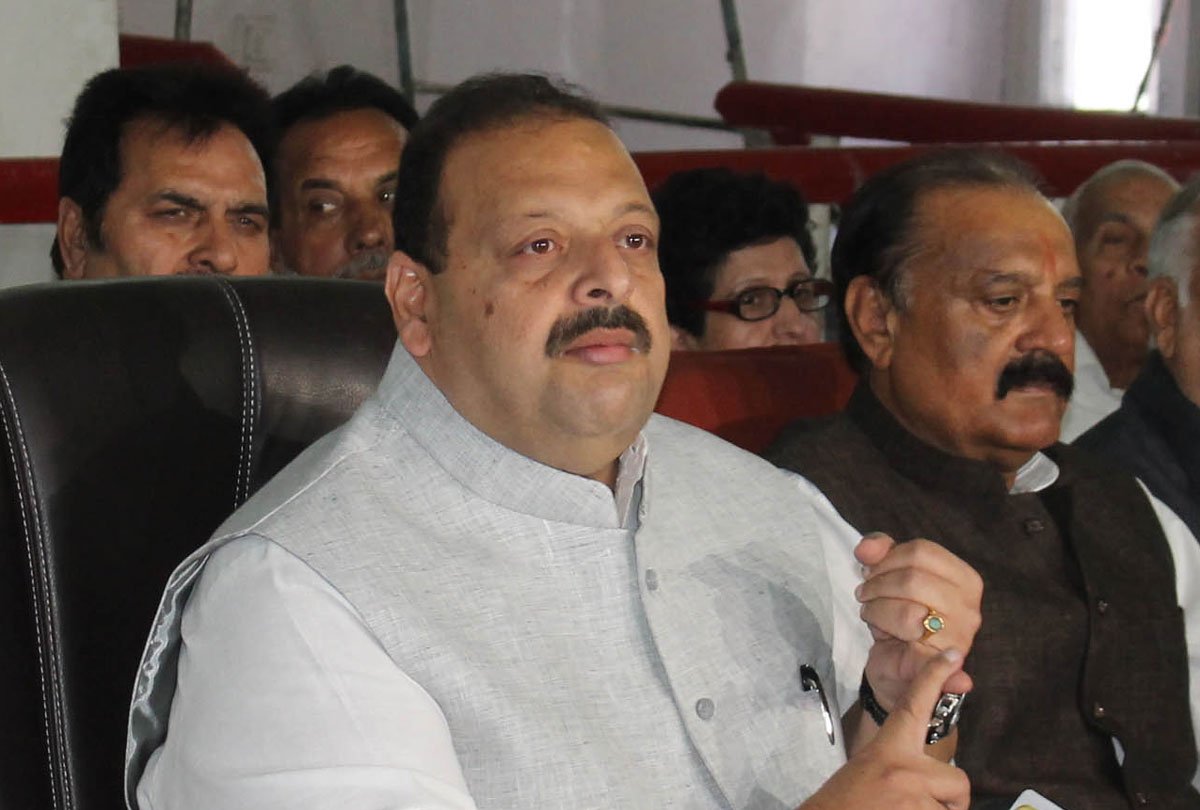
There are also speculations that Rana will float a political front in Jammu on the lines of the Gupkar alliance in Kashmir, comprising mainly the NC and the PDP. He recently had meetings with Dogra Swabhiman Sangathan chief and ex-MP Choudhary Lal Singh and former Peoples Democratic Party leader Surinder Choudhary.
Should Rana choose to leave the NC and join either the BJP or float a regional outfit in Jammu, it would be a blow to Abdullahs in the Hindu majority region. Also, an alliance headed by Rana will pose a challenge to the dominance of the BJP in Jammu. However, so far Rana has kept his cards close to his chest.
In Kashmir, on the other hand, the NC flock has largely been intact. This may also be because, the NC has maintained a low political profile and has stayed short of taking on the centre unlike Mehbooba.
BJP’s presence
Over the last six years, the BJP has built a tiny support base in Kashmir which backed up by the state power has become very vocal in some parts. Some of its activists in the north Kashmir districts of Kupwara and Bandipora have been making a lot of noise. But it seems a long way off, if at all possible, for the BJP to become a stakeholder in the Valley’s politics. Even the Apni Party that allegedly enjoys the BJP’s blessings has failed to make a mark in its first election outing – the last year’s District Development Council polls – winning just 12 seats.
One of the major takeaways from the election was that the established mainstream parties like NC and the PDP which the BJP has sought to replace were back in the reckoning. The NC won over 60 seats in both Kashmir and Jammu regions. Similarly, the PDP won around thirty seats. This gave the Gupkar alliance between them that also includes People’s Movement and Communist Party a virtual sweep in the Valley.
Changing political map
There are already six local political parties that participate in the electoral process: two of them, the NC and the PDP are so far disproportionately bigger than the others like Awami National Conference led by Muzaffar Shah, Jammu and Kashmir Democratic Party led by Ghulam Hassan Mir, Awami Itihad Party led by Engineer Rashid and the PC. On paper, the PC looks now very strong with the entry of the leaders from the PDP, some of whom can boost some political support base.
The PC’s new political avatar along with existing smaller parties and the popular independent leaders like Hakeem Yaseen is likely to further nibble away at the seat tally of the NC and the PDP, rendering them incapable of emerging as the dominant power players. And their loss again could very well be the BJP’s gain. If the NC and the PDP lose a share of their respective seats to the new parties, the BJP could emerge as the largest single party in a Muslim majority state, steeped in separatist politics, as it did in the recent DDC polls. That is, should the BJP once again be able to sweep Jammu in the future Assembly election. And then the BJP would not only be in a position to select a partner but could also be a dominant party in the coalition.
This is what makes the PC’s expansion as also the birth of Apni Party, a development of such profound import. It is expected to further undercut the electoral standing of the NC and the PDP and which while it may be a welcome diffusion of power will end up undermining the capacity of any Kashmir-centric party to form the government either on its own or as a majority partner in a coalition with the BJP.
This has generated some unease in sections of the population in the Valley. And accentuating this unease further is that while Kashmir Valley has witnessed the growth of new parties, Jammu hasn’t. It is still the traditional parties like the BJP, the Congress, the NC, the PDP and the Jammu-centric Panthers Party that make the province’s electoral landscape.
The political scene in the Valley, on the other hand, has become crowded now. The future assembly election will reveal how it plays out on the ground.







